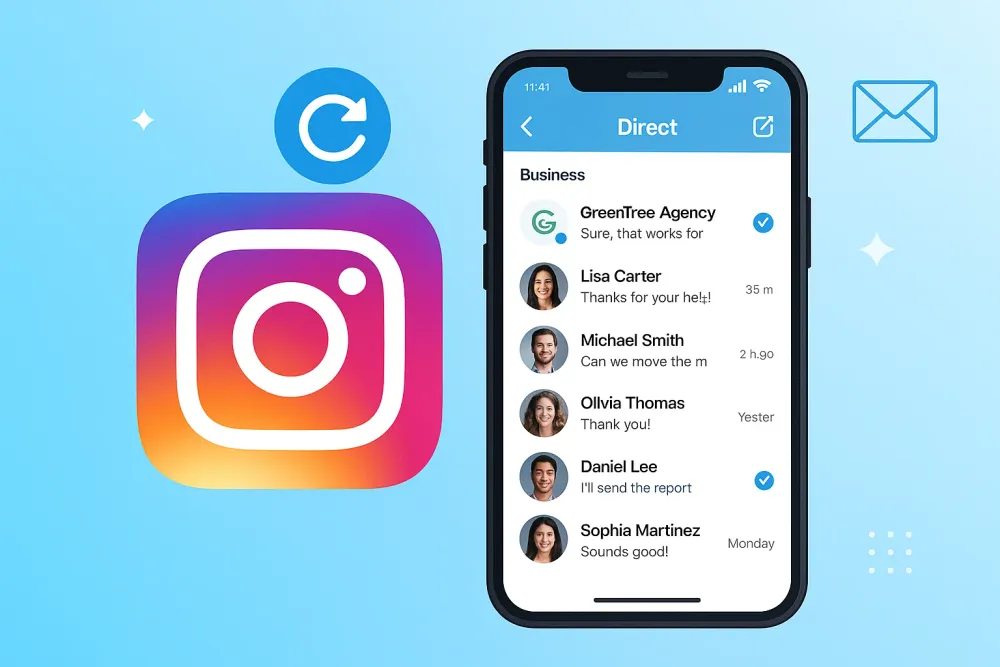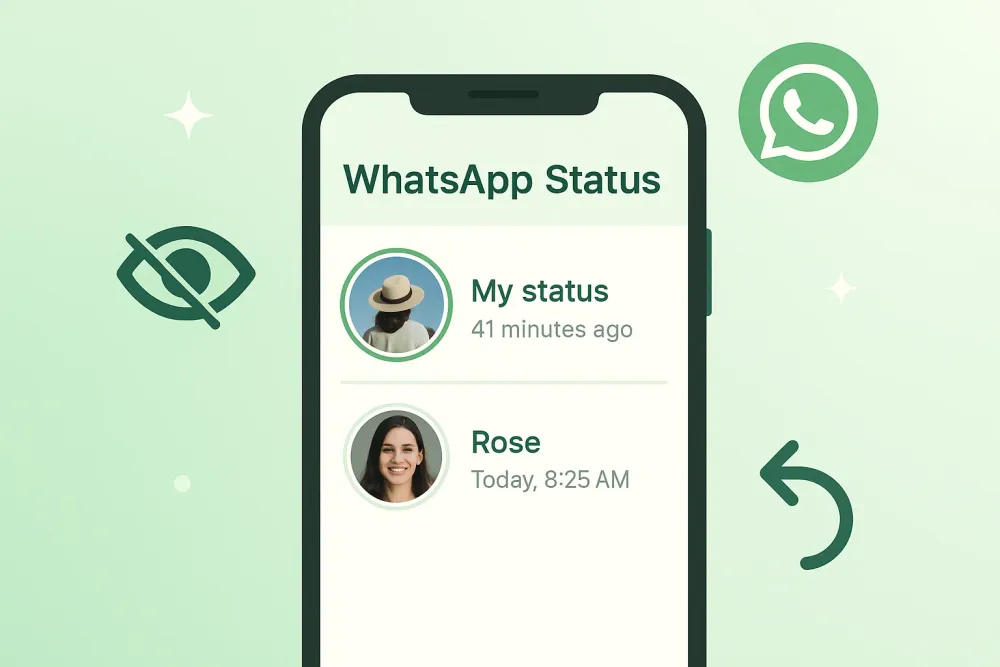You delete a photo on your iPhone and empty the “Recently Deleted” album. That’s it, right? The image is gone forever—erased from existence.
But not so fast.
In reality, deleted photos might not disappear right away. In fact, depending on how and when the deletion occurred, there’s a good chance the data is still on your phone, just out of view. That means recovery is sometimes possible—if you know where to look and act fast enough.
In this guide, we’ll break down:
What really happens when you delete a photo on iPhone
Whether your deleted pictures are truly gone or just hidden
The factors that determine if recovery is possible
Where else deleted photos might still be stored
How tools like Gbyte Recovery can help you bring them back
What Actually Happens When You Delete a Photo on iPhone
When you delete a photo, iOS doesn’t immediately erase it. Instead, it moves the file to the Recently Deleted folder, where it stays for 30 days. During that time, the photo is still fully intact and can be restored in seconds.
But if you delete it from there—or let 30 days pass—the situation changes.
After “Recently Deleted”: Are Photos Truly Gone?
Not necessarily. Even after leaving Recently Deleted, photos may remain on your iPhone’s storage for a short time. This is because of:
Logical Deletion – iOS only removes the “pointer” to the photo but not the file itself until new data overwrites it.
APFS Behavior – Apple’s file system marks space as available but may take hours or days before background processes like TRIM permanently erase it.
This creates a recovery window—a period where your photos may still be retrievable.
Factors That Affect iPhone Photo Recoverability
Factor | Impact on Recovery |
|---|---|
Time since deletion | The sooner you attempt recovery, the higher the chance |
Phone usage after deletion | Taking new photos or installing apps may overwrite old files |
iCloud syncing | Photos may vanish across devices if iCloud is enabled |
System cleanup tasks | TRIM/garbage collection can erase data permanently |
Backups | iCloud/iTunes may hold older copies if created before deletion |
Where Else Might Deleted Photos Be?
Even if your photo is gone from the iPhone’s gallery, you should check:
iCloud Backup – If you had a backup before deletion, your photo may still be stored there.
Third-party apps – Apps like WhatsApp, Google Photos, or email clients often store duplicates.
File management apps – Sometimes, shared or exported copies linger outside the Photos app.
When Are Deleted Photos Truly Unrecoverable?
Photos are likely gone for good if:
You deleted and continued using your iPhone heavily
iOS performed a factory reset or encryption wipe
The deleted data was quickly overwritten or cleaned by APFS
Encryption keys tied to the file were erased
At this point, no tool can bring them back.
How to Maximize Photo Recovery Success
To keep recovery possible, act fast:
Stop using your iPhone immediately (don’t take new photos or videos)
Avoid syncing with iCloud until recovery is attempted
Don’t install new apps or updates
Use recovery tools from a computer to scan your iPhone safely
Do not reset or erase the device
Gbyte Recovery: Best Way to Recover Deleted Photos on iPhone
If your photos are gone from “Recently Deleted” and you don’t have a backup, don’t panic. Gbyte Recovery gives you a second chance:
Runs a deep iOS scan to locate hidden or deleted photos
Previews images before recovery so you choose what to restore
Works without an iCloud or iTunes backup
Keeps your existing data safe during the process
👉 Don’t let your memories vanish—scan your iPhone with Gbyte Recovery now and see what’s still recoverable.







